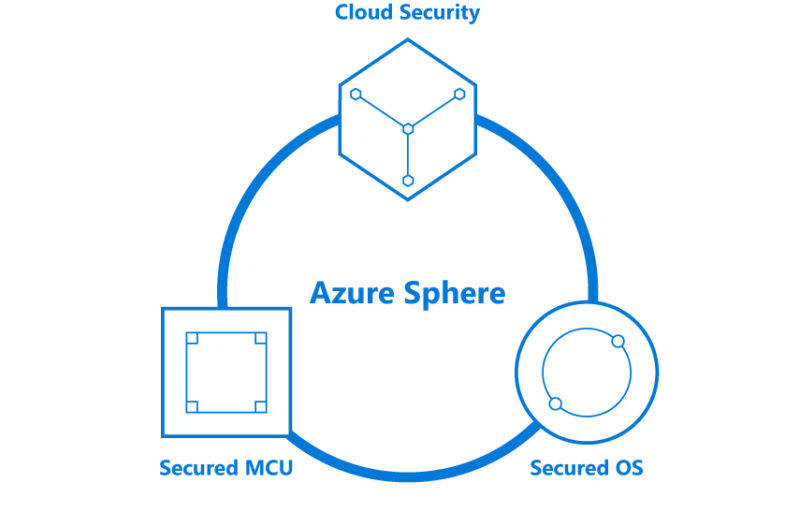
The drive to connect everything to the Internet and build the Internet of Things has created a new security nightmare. Millions of devices with little to no active maintenance are now permanently online, enabling the creation of massive botnets as the devices go unpatched and unloved. Microsoft today announced its solution: Azure Sphere.
Azure Sphere has three components. First is a new class of microcontrollers (MCUs) that supports seven critical hardware features that Microsoft says are a necessary foundation to build secure systems. These include support for unforgeable encryption keys protected by hardware, the ability to update system software, and hardware-enforced compartmentalization between software components. Microsoft has some track record in building such systems, in particular with the Xbox, which is designed to have tamper-proof hardware that's securely updatable.
The MCUs include Microsoft-designed silicon. The custom parts will be available royalty-free to manufacturers. MediaTek will ship the first such device, the MT3620, later this year. Microsoft calls it a "crossover MCU" that has the versatility and processing power of ARM's Cortex A-series designs, with the small size and low overheads more typical of the Cortex M-series. Sphere MCUs incorporate an application processor, a real-time processor, flash storage, and memory, along with Microsoft's security module (named "Pluton") and network connectivity.
Second is a new operating system: Azure Sphere OS. This is something of a landmark, as it represents Microsoft's first-ever Linux distribution (though not its first-ever Unix operating system; during the 1980s, Microsoft Xenix was believed to be the most widely used AT&T Unix). The company says this OS combines a custom Linux kernel with Windows-inspired security features, providing a secure platform that scales down to smaller systems than Windows can reach. Application code is run within containers to provide isolation, and Microsoft will have a custom security monitor running beneath the Linux kernel to protect system integrity and arbitrate access to critical resources.
The third part is Azure Sphere Security Service, a cloud service that will detect security issues (by recognizing failures and errors on devices), act as a source of software updates, and mediate secure communications between devices and to the cloud.
Azure Sphere is currently available in private preview, with Microsoft expecting that dev-kits will be universally available by the middle of the year. Sphere-powered devices will be on the market by the end of the year.
Listing image by fdecomite / Flickr
reader comments
179